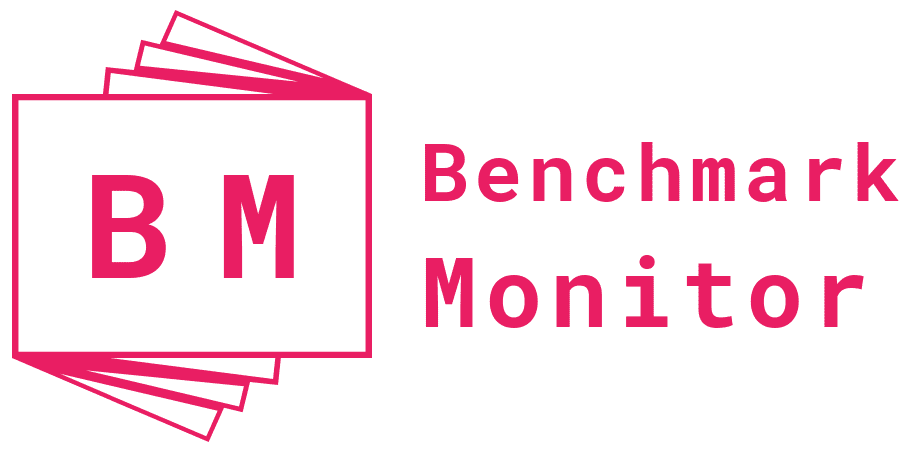Overview
Table of Contents
Social media audit refers to keeping in touch with your social media channels by continually looking at what is growing or failing your business. Through this constant analysis, you can look into what you need to do to bring profit to your business through social channels. Most people find the process of carrying out audits quite bothersome, but the beauty of social auditing is quite simple because it takes less than thirty minutes. There are social media analytics tools that will guide you, making the process quite friendly. Social audits only occur monthly or quarterly, and they get more comfortable as you become conversant with them.
How to create a social audit spreadsheet
It is quite hard to rely on your memory when doing a social media audit. As such, you will need to create or download a spreadsheet or template to make work easier. Creating social auditing templates will also allow everybody in your team to access the spreadsheet. You can also download already created models from various social auditing profiles, and customize them to suit your needs. There are aspects that you need to include in your customized template. Some of the information comprises; publishing metrics, engagement metrics, profile information including the name and URL, the reference traffic, and the audience profile.
It would be best if either you aimed to keep track of month or year percentage metrics to identify various changes. You should also include a summary tab on your customized template. On the spreadsheet, you should have specific tabs for every social media channel. You should then include different metrics for every individual social channel. For Twitter, the parameters will involve the number of retweets or brand mentions. Facebook and Instagram metrics involve the number of likes, comments, or tags.
Also, when doing social media audits, you need to keep track of every social media profile that you own. These channels include but not limited to Facebook, LinkedIn, Instagram, and Twitter. You can also look into various avenues that you might have forgotten about, including Youtube and Tumbler. There are social audit tools that you can use to help you track existing social media profiles that you do not know exist.
After you have put all your available brands’ social platforms on a customized spreadsheet, you will then need to decide the channels which you will majorly focus your brand on. However, to make this decision, you will need to understand your brand and which social channel you are most comfortable posting. It would help if you looked deep into each social media profile to get a good glimpse of what is working and what is not. Through these moves, you can comfortably identify the opportunities and challenges of your brand or company. The next step involves identifying various eye-catchy posts and how well your followers respond to each of them.
You can go further and divide the social media tools and posts based on videos, entertainment, gifs, educational or information posts, and so forth. Social media audits involve going a step further and identifying which of your posts have the most shares, and on which platform. Also, ensure that your brand remains consistent on every social media platform that you own. Consistency means that your brand should have the same biography, URL, verification, and other style guidelines. You should also look into the demographics of your audience and find out which social platforms they prefer.
NetBaseQuid
NetBaseQuid is a social analytical platform preferred by clients to make their brands famous on social media. It provides the necessary social intelligence platform for clients to monitor, analyze, and relate with their customers on a real-time basis.

